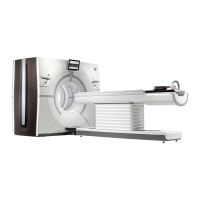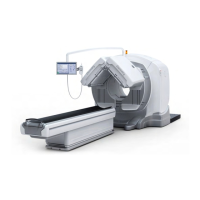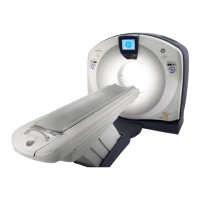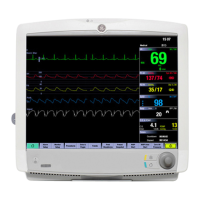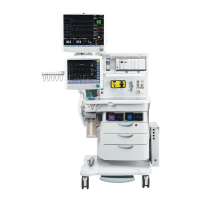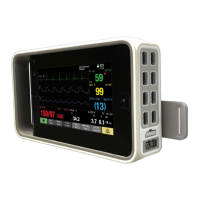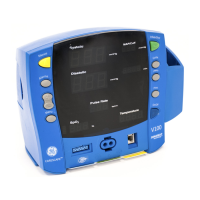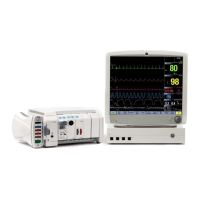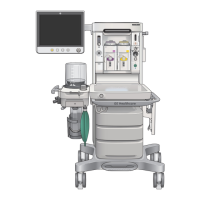GE MEDICAL SYSTEMS CT 9800 QUICK SYSTEM
Rev. 3 Direction 18000
8-6-1
SECTION 6 AP DIAGNOSTICS ( ST-CT)
The purpose of this section is to communicate troubleshooting hints for problems that have been observed
repeatedly at the factory.
6-1 Can we talk - at all?
A good place to begin ST-CT AP troubleshooting is to determine if the S140 and ST-CT processors can
communicate at all. This test is accomplished by loading the SCDG diagnostic tape and entering “WT” from the
main CTDS menu (to initiate WTERM). At the next menu, enter “RAP” to reset the AP. To exit WTERM, enter
“E”. This reset serves the same function as the initial reset in the deadstarts portion of the “UPAP” test in CTDS.
This primitive serial transfer determines if ST-CT and S140 communication is alive. RESET is used to reset all
hardware in the AP, but especially the Master and Slave 68000 processor cards. The only hardware required
to be operational to get the 1st “RESET COMPLETE” response on the CRT is the 6809 processor on the IOC
card (slot 7), the RS232 cable from slot 7 to the DG backpanel, the RS232 section of the HIB board, and the
BMC/ERCC board. Failure points are as follows:
1) The 6809 processor on the IOC board is “HUNG” in byte count loop - To correct this error, cycle AP
power. This is a rare case but can occur if the AP was shut down abnormally - one example is a CNTL A
during the UPAP serial transfer section. The 6809 communications processor is still looking for more data
on the RS-232 link. Newer deadstarts contain breakout polling to automatically bring the AP out of this
condition. This is especially important during the UPAP process.
NOTE: Rev. “SB” software did not use “Breakout Polling” during the UPAP process. Breakout polling
has been included in Rev. “SC” software (in DeadStarts).
2) Cable break or disconnected from backplane
3) Loss of ± 12 volts for the drivers in AP (IOC board) or S140 (HIB board)
4) Loss of + 5 volts in the AP
5) Wrong baud rate settings on IOC card (see DIP switch settings in Chapter 6 of this manual)
6) Wrong baud rate setting or device select on HIB (DIP switches)
7) Bad RS232 driver / receiver IC’s on IOC or HIB
8) Failure of BMC/ERCC, HIB or IOC
The 6809 processor on the IOC card (ST-CT slot #7) will issue a “RESET COMPLETE” and pulse the internal AP
reset line if it is alive, regardless of the state of the rest of the AP. The best form of troubleshooting beyond this
primitive RESET is the DEADSTARTS (DS), since they request resident internal tests of both the MASTER and
SLAVE cards before using the resources of the MASTER card for higher level serial transfers.

